How Braces Have Evolved Over the Years
Do you need braces? If so, you’ll be joining the 4 million Americans who wear them, according to Humana, a health insurance provider. If you’re an adult, you’ll be part of the 25% who use them to get straight teeth. Before you start looking for orthodontists in your area, it might be fun to learn the history of this appliance. It goes back further than you might think, so keep reading to learn more.
The Ancient Egyptians Tried Them
Some people in Ancient Egypt believed straight teeth were the way to go. According to Coalesce Research Group Ltd, the methods they used, like wrapping wire around teeth, were crude compared to today’s braces. Still, the thought was there. It would just take a long time to refine the appliances. The Ancient Greeks and Romans had ideas about their versions of orthodontics, but they were far more painful than the Egyptian methods, and it would've been no surprise if the citizens preferred crooked teeth instead.
The French Improved Them
It wasn't until the 1700s when a Frenchman named Pierre Fauchard wrote about ways to straighten teeth, according to the Washington Post. An American named J.S. Gunner introduced the chin strap in the 1800s, according to Academia, an academic research collective, which was the forerunner to the headgear that orthodontic patients wear today. Little did he know, dental advances showed no signs of slowing down.
Orthodontics Modernized Them
The first dental college was opened in Baltimore in 1840, according to the University of Maryland School of Dentistry. Then, 31 years later, John Nutting Farrar wrote the first book on orthodontics, according to the National Library of Medicine. This led to braces, which were metal molar bands at first, and the bands were adjusted over time.
Modern Education Advanced Them
Edward Angle opened the first orthodontics school in 1900, according to the Washington University School of Dental Medicine. His school used gold and silver for the brackets, which was very expensive and was later replaced mostly by stainless steel, which was a less expensive material. Now that we're in the 21st century, orthodontists have much better materials for braces, including ceramic ones and ones that can fit behind the teeth, known as lingual braces. They can get fast results, and they are a far cry from those strings and wires the Ancient Egyptians used. That's reason enough to smile.
Do you live in Illinois and need to see
orthodontists in your area? We do both braces and Invisalign. Contact Boland Orthodontics today for a free consultation. We also accept all kinds of insurance, and we offer financing.

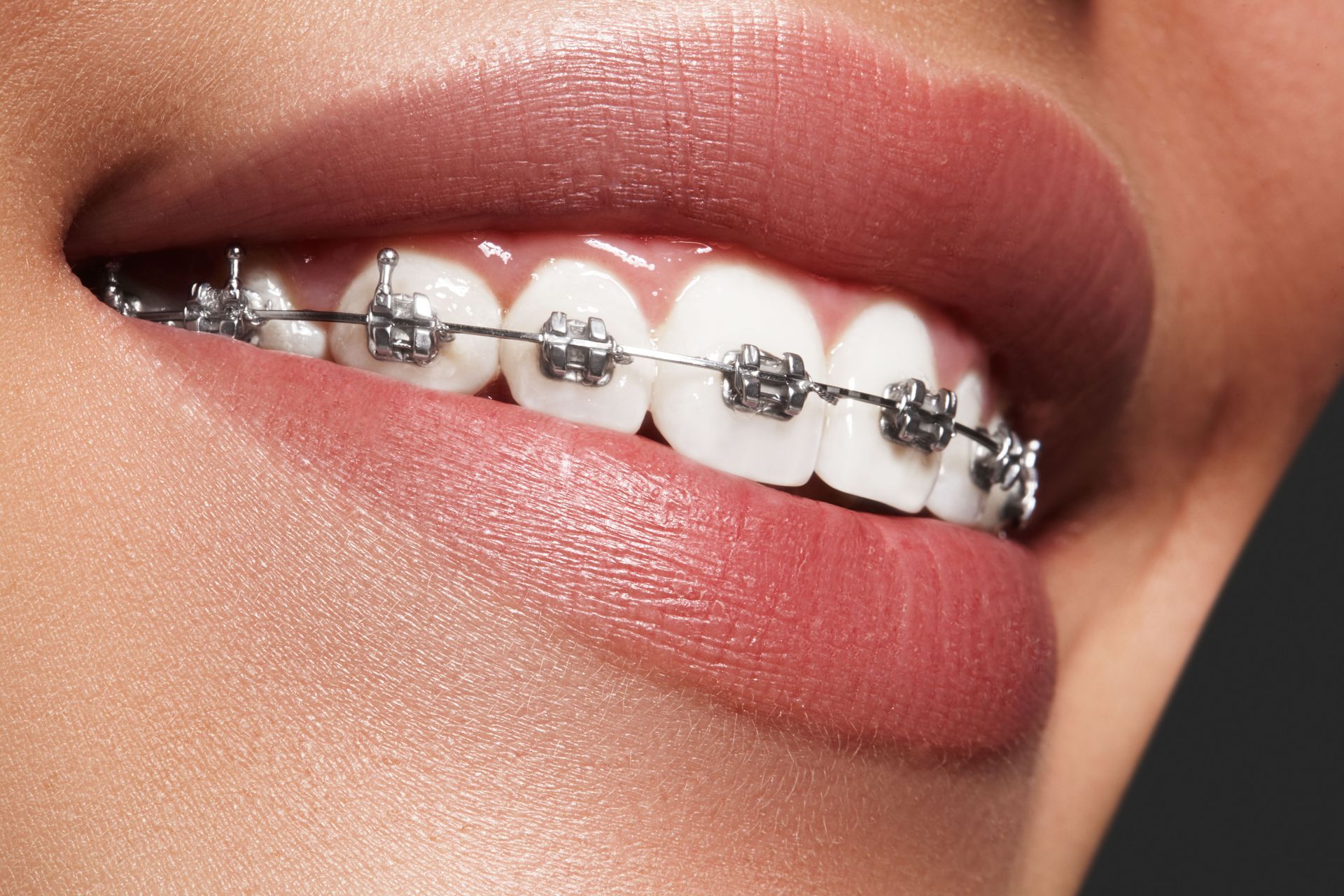
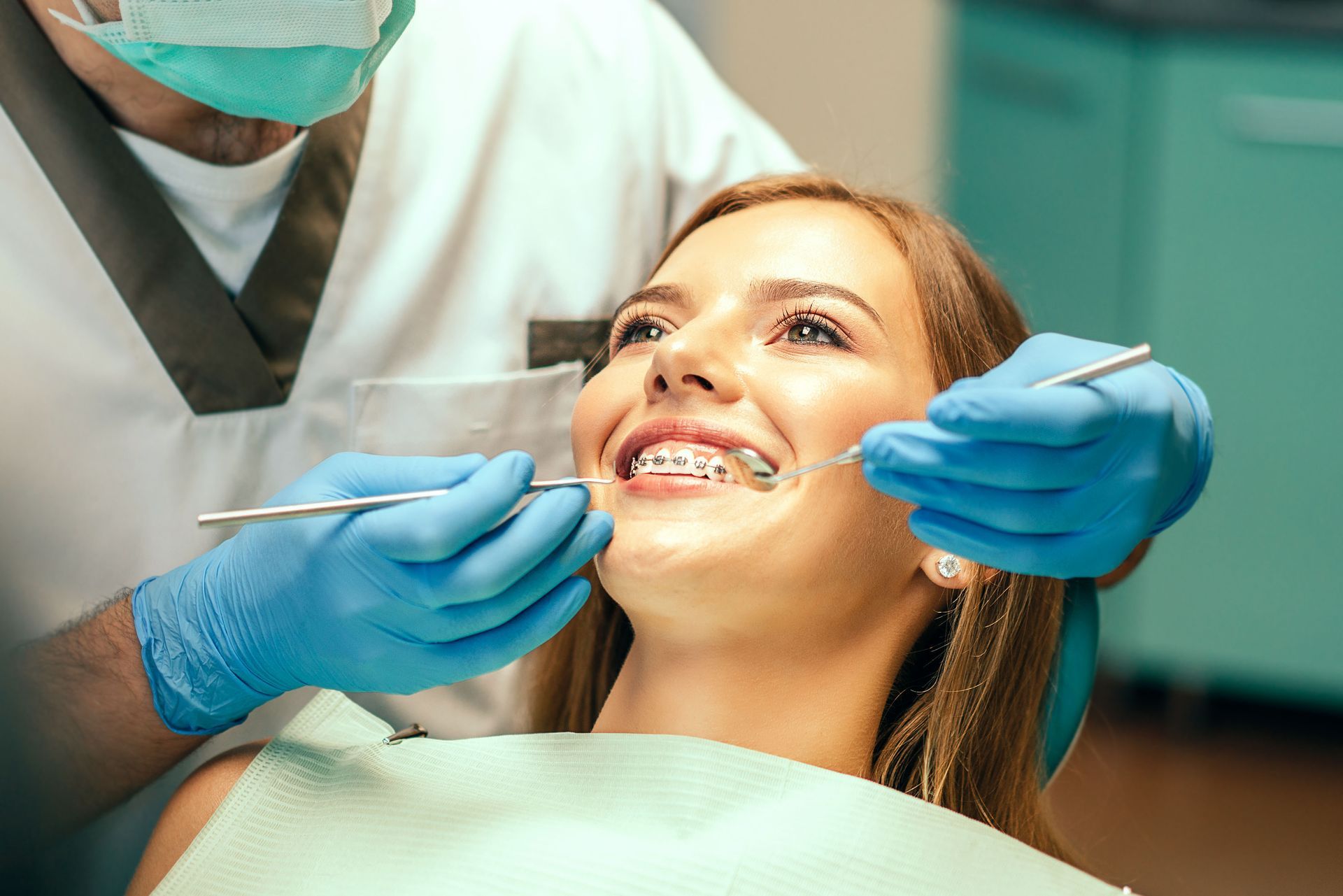
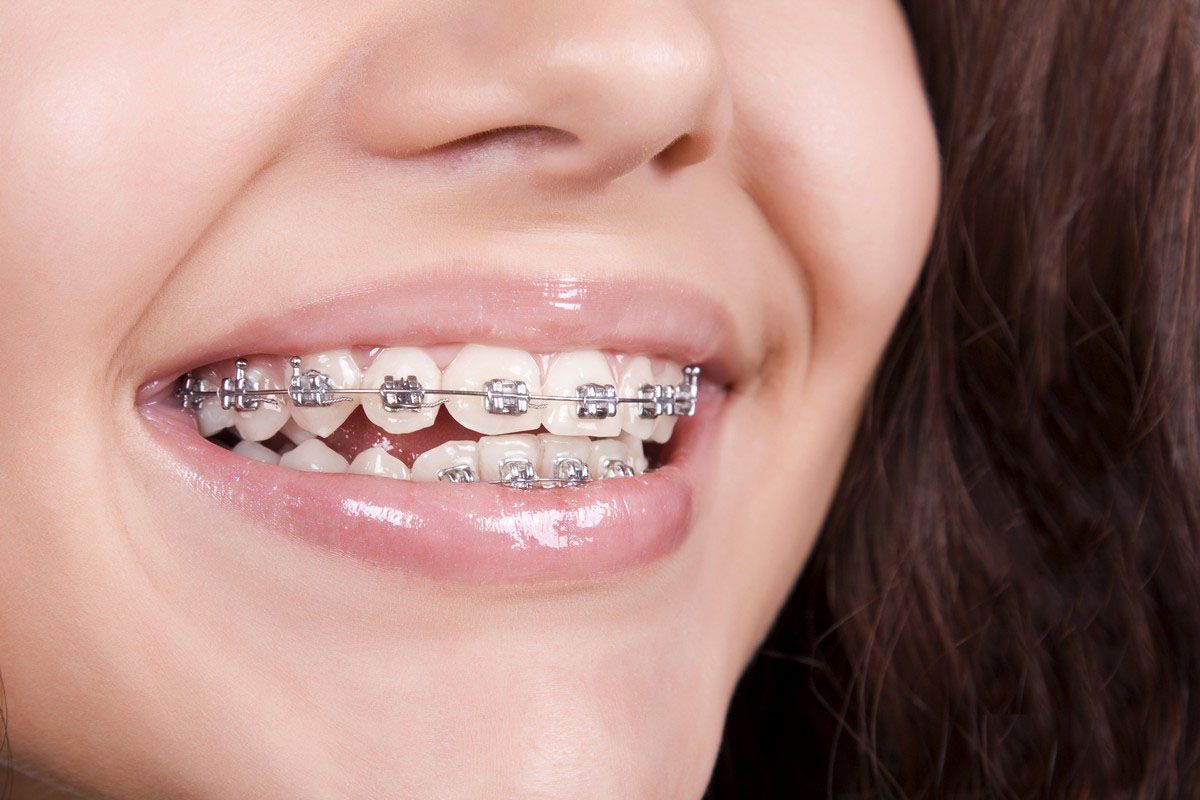

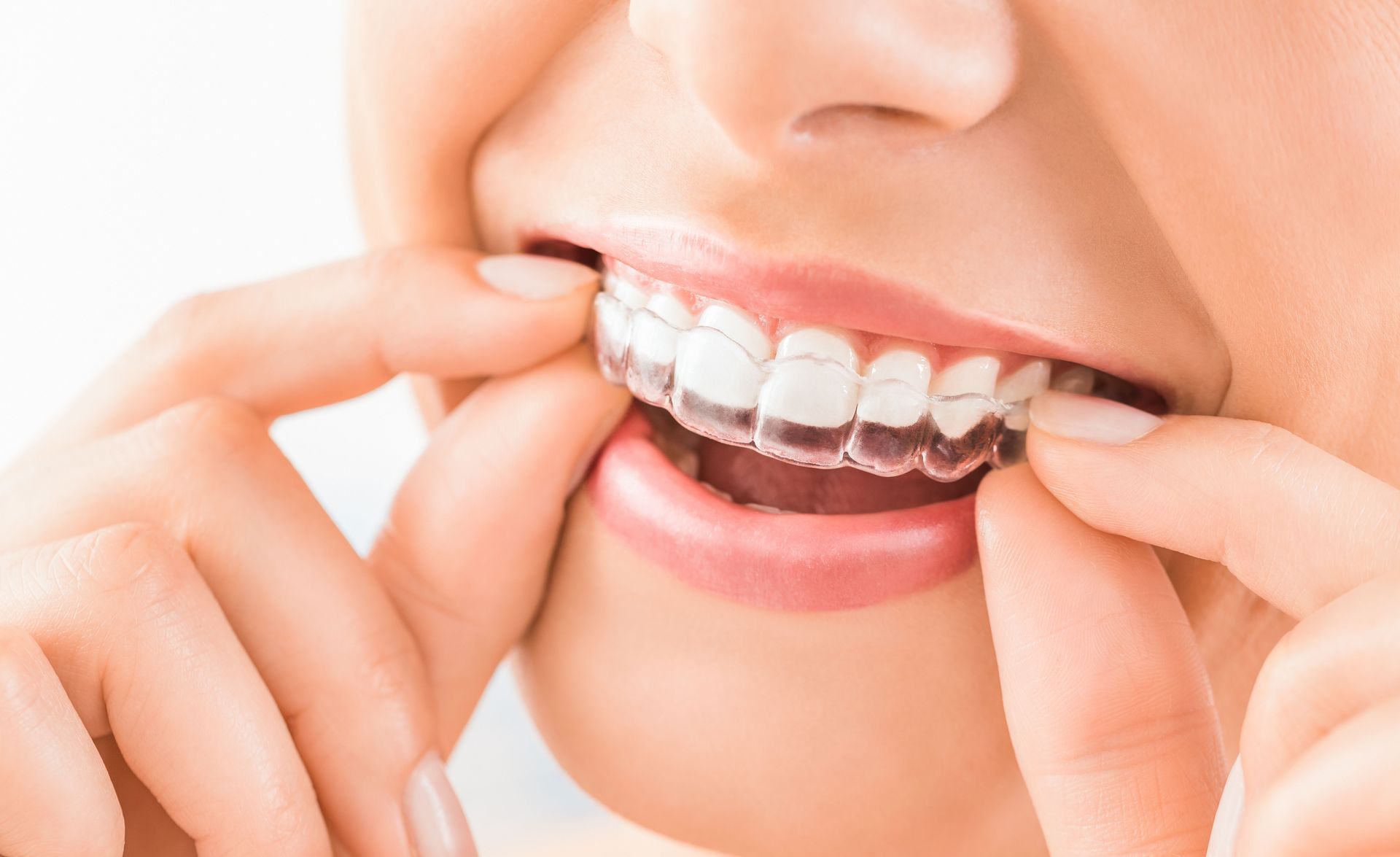


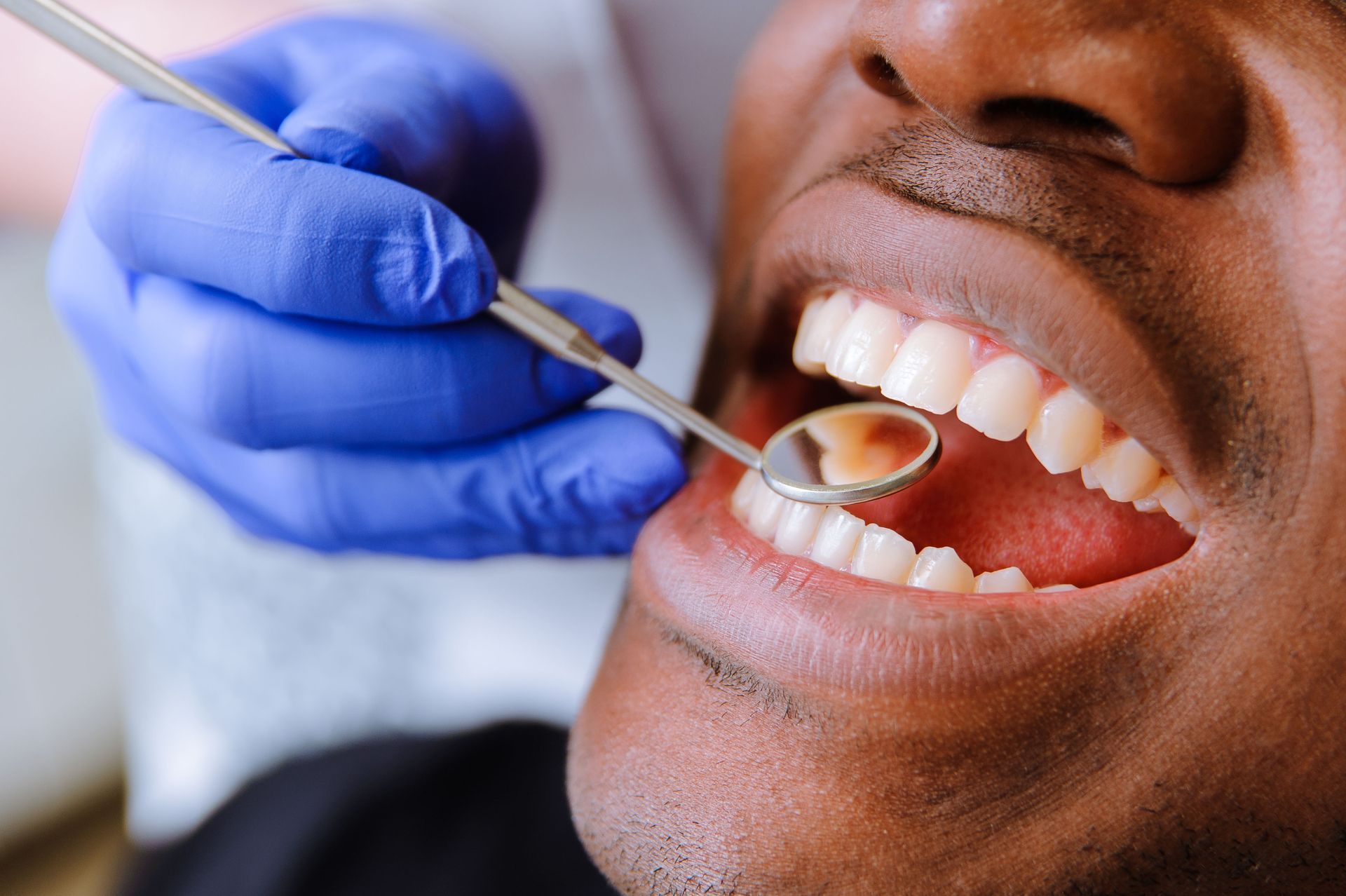
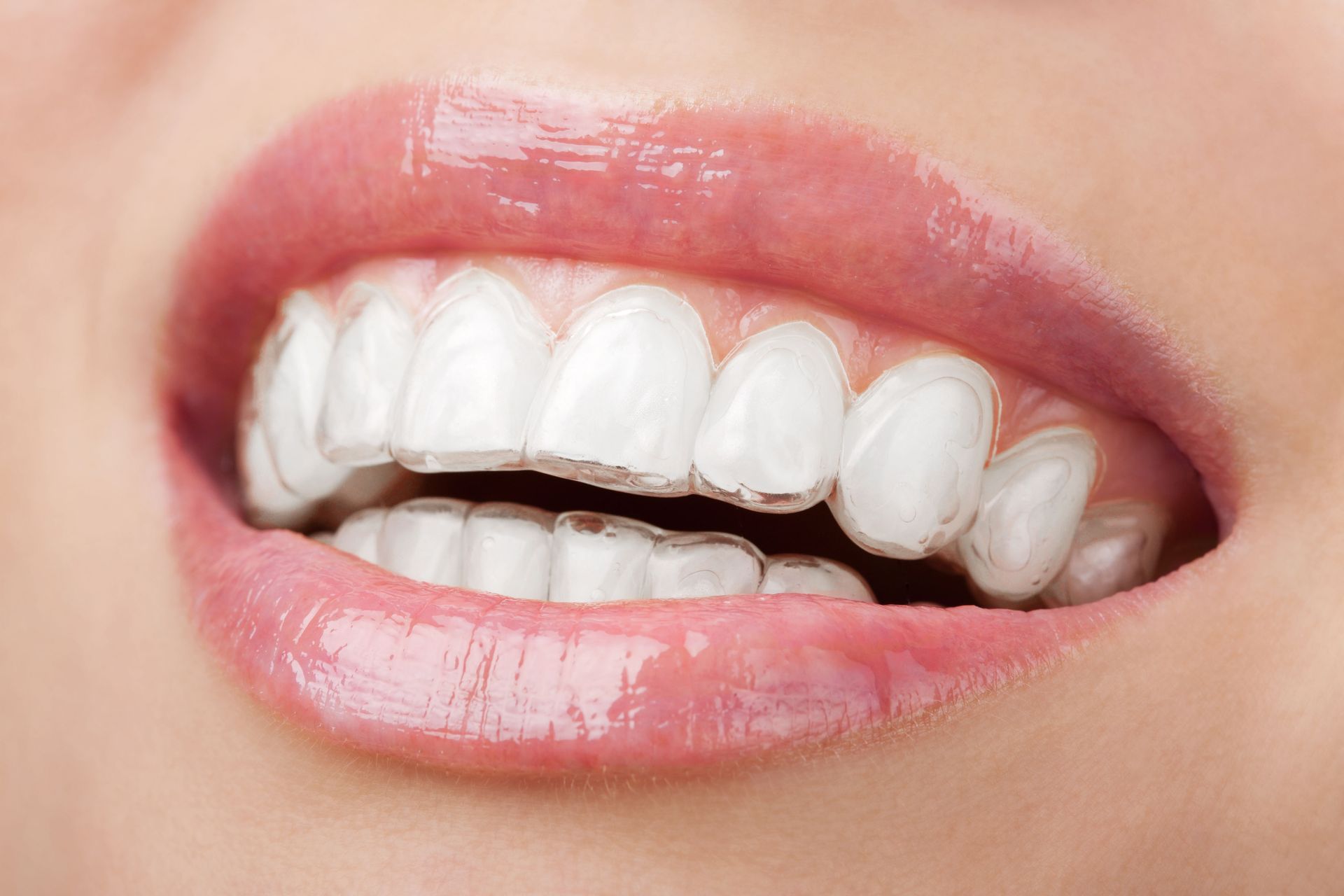
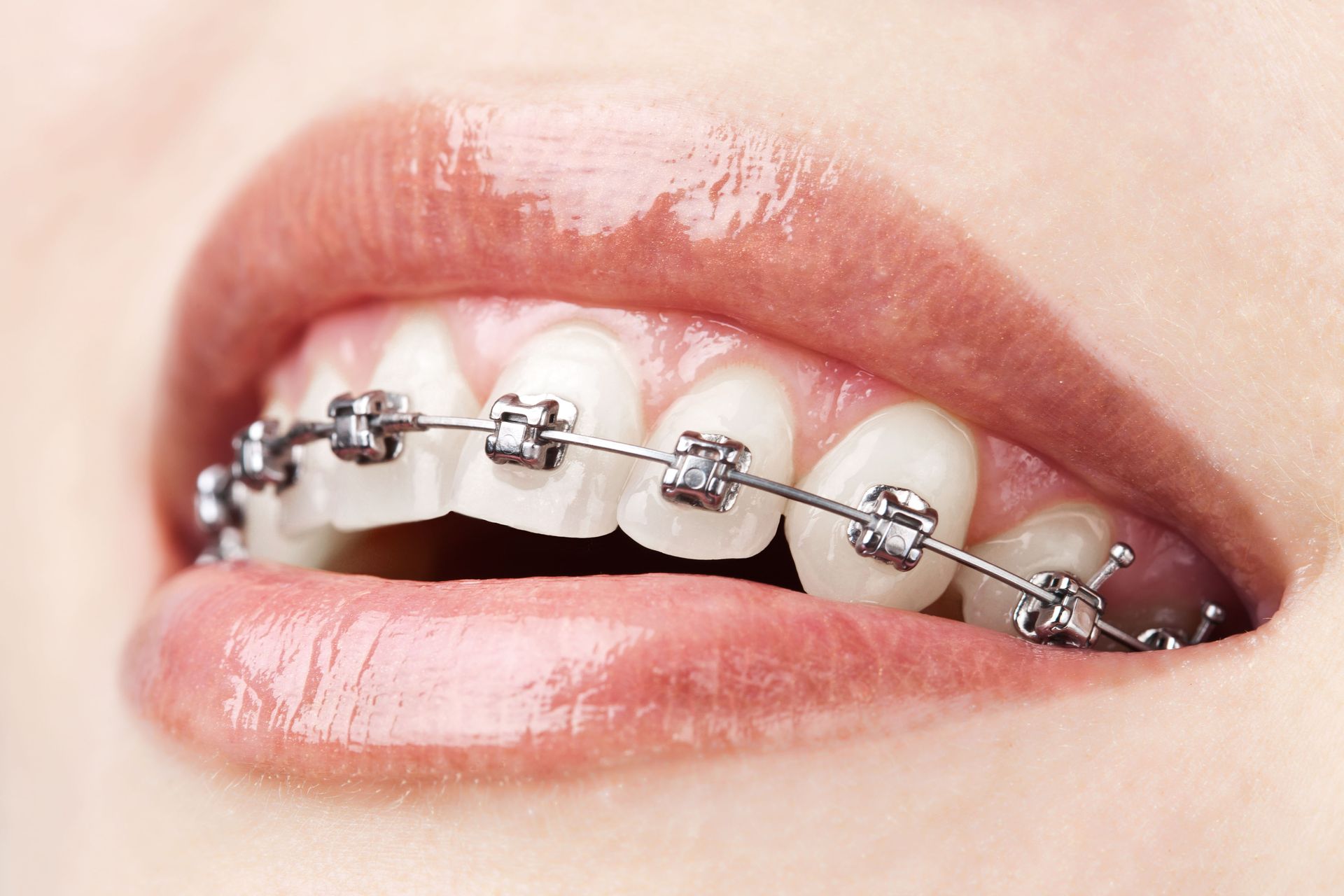
Share On: